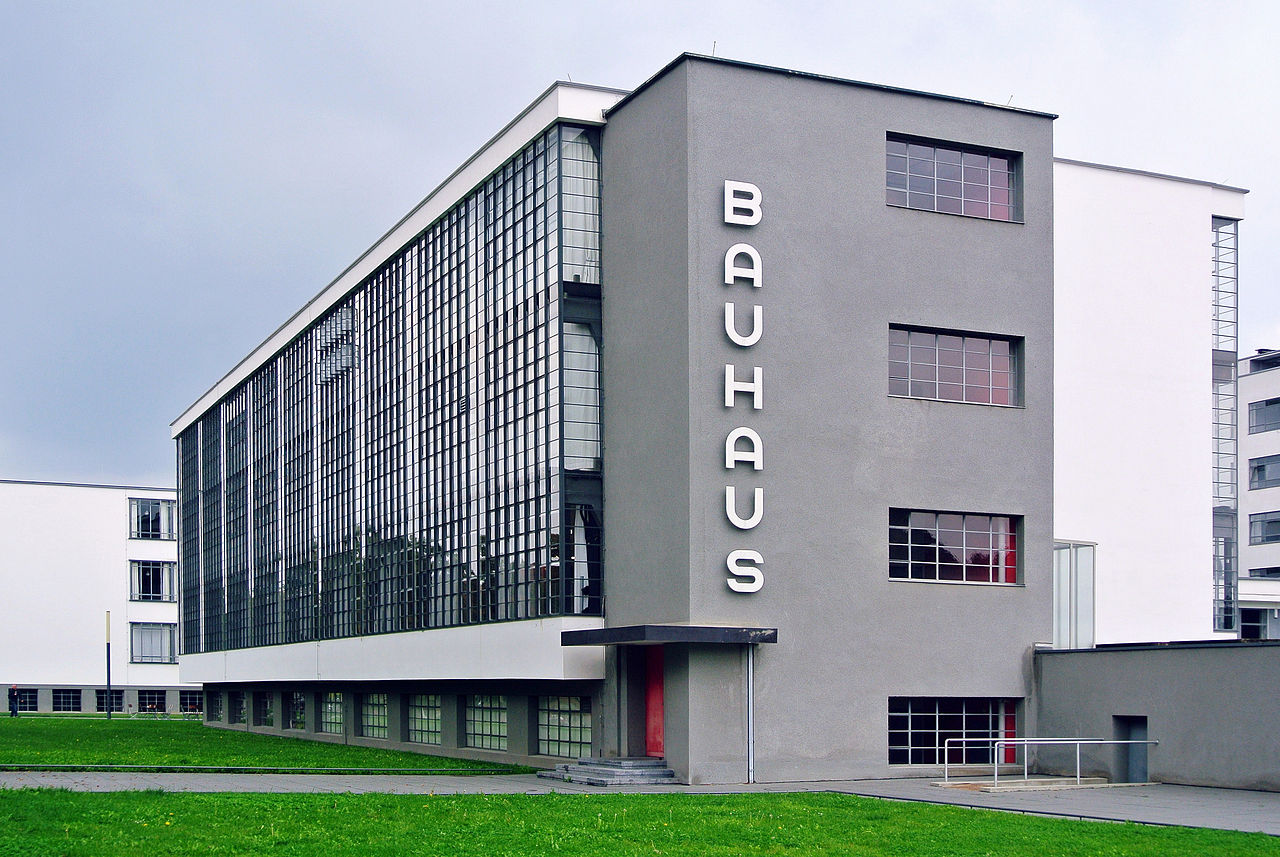Beauty is produced by the pleasing appearance and good taste of the whole, and by the dimensions of all the parts being duly proportioned to each other.
— Vitruvius
Authenticity, a word that does not apply to our modern world. Where art thou, o authenticity today! The stones cry out for realism and not the artificial and fake world we live in today. Never in the history of humanity have man and woman had to live in ways that are so contrary to nature. To live in ways bereft of beauty and style, of elegance and class, of substance and form. We live in an architectural desert. Even the dunes of sand possess a beauty and an earthiness that eye sores like the monstrous phallus-shaped building that is a malignant ooze on the visage of the once great capital of England lack. The days of glory when we Europeans built magnificent Gothic cathedrals, Romanesque abbeys, Norman churches, classical temples, Renaissance country houses, Tudor manors, and so many more styles of great artistic and uplifting brilliance are gone. Art Deco is a wondrous blend of Incan art and Western forms — my favourite style of design.
Bauhaus
This school of design is typical of the Germanic desire for minimalism, monastic simplicity and geometry — the spirit of Luther at work. The origin of the Bauhaus movement began in 1919 in Weimar by Gropius. Staatliches Bauhaus combines individual artistic forms with mass and scale production with the emphasis on functionalism. Bauhaus loves geometric shapes, squares, circles, curves and famous examples such as the Bauhaus building itself and the famous chair of Breuer. Germans love function. It is no surprise it was the Germans that invented the combustion engine, rockets, printing press, bikes, helicopters, atomic force and electron microscopes, to name a few. Germans idealise utilitarian objects: a chair’s function is to be sat upon, questions of opulent forms such as would be admired by the artistic Italians would not enter their minds, though the Austrians would certainly be interested in what elegance can be created for the chair — one need only see the Schönbrunn Palace in Vienna to see the beauty of Habsburg creations. Can you imagine a Medici building by their own free will the monstrosity of the Guggenheim Museum? I cannot. Cosimo de Medici would have happily built gorgeous buildings such as Longleat House, the seat of the Marquess of Bath, and not ugly buildings of rubble such as the Library of Birmingham.
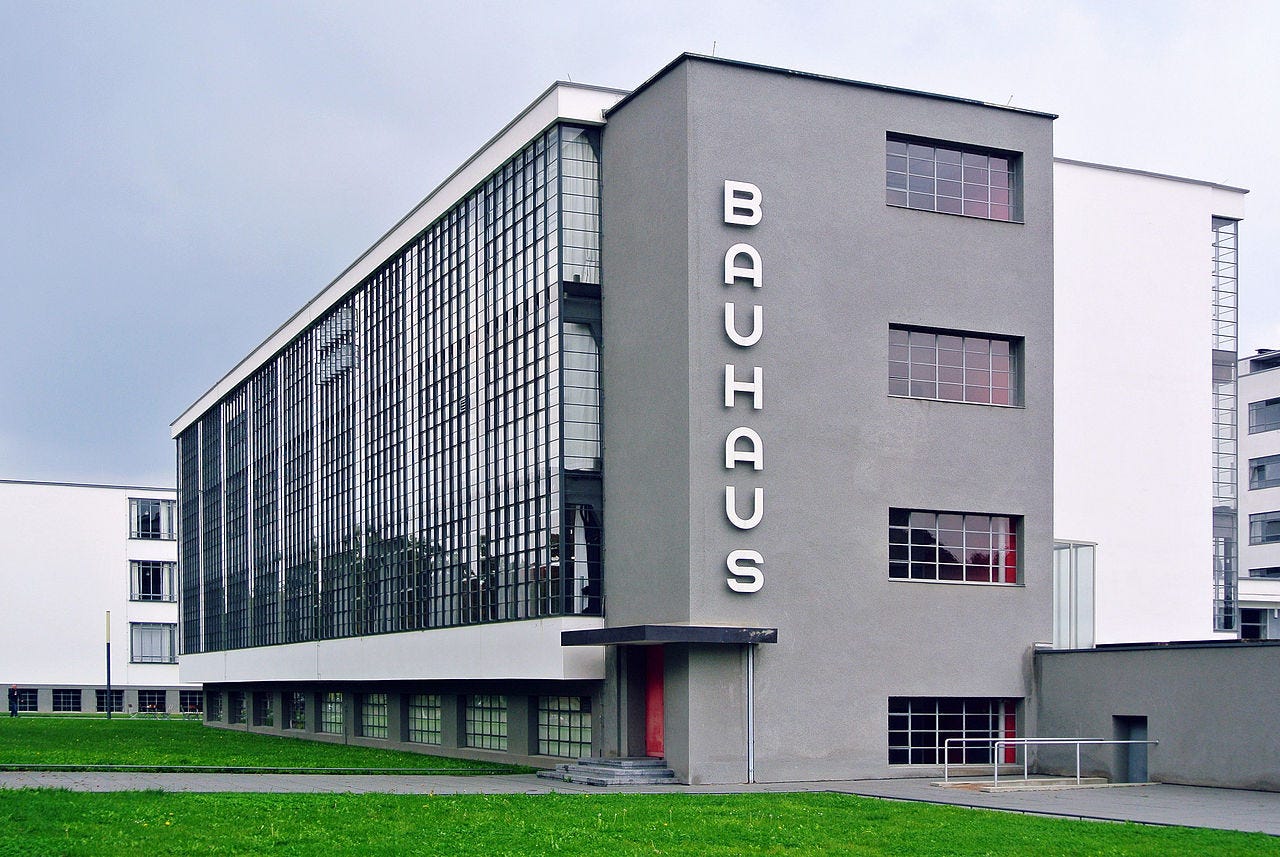
Soviet Currents
Even though I am not a Communist, I cannot help but be fascinated by Soviet art and history — any attempt, no matter how mad, to achieve the garden of Eden on earth demands close examination. A word must be spoken about the parallel movement of architectural modernism that grew out of the Bolshevik coup known as Vkhutemas, which is an acronym for ‘Higher Art and Technical Studios’ in Russian, and this became, due to a decree of Lenin, an art school for art’s sake and not for overt Marxism. Constructivism was all the rage in the 20s and 30s and was a type of Russian futurism which wanted industrialism to be at the forefront. However, Stalin the red tsar put the kybosh on this radical style, which was justly criticised for being cosmopolitan and ugly. Under the aegis of Stalin, the architectural style known as Сталинский стиль (Stalinskiy stil) or socialist classicism was promoted, and this was a post-modern style that combined geometric forms, more traditional styles that emphasized beauty but also power, grandness and the consumption of space, with the word imposing being at the forefront of Stalin’s USSR. Housing problems are an issue in many countries across the world, one solution that Adam Something on YouTube came up with is to build updated versions of Khrushchevka or, as they are known in the West, as Commie blocks. I myself during a holiday to Budapest saw many Soviet apartment blocks though many were painted to give them some colour, life, vitality and elegance, and they certainly looked iconic for being Soviet and artistic for modern Hungary. His video shows that in terms of land usage, heating, community and human-centred philosophies, the Khrushchevka are ideal for mass housing for the proletariat, so architects and governments, be at your labours.
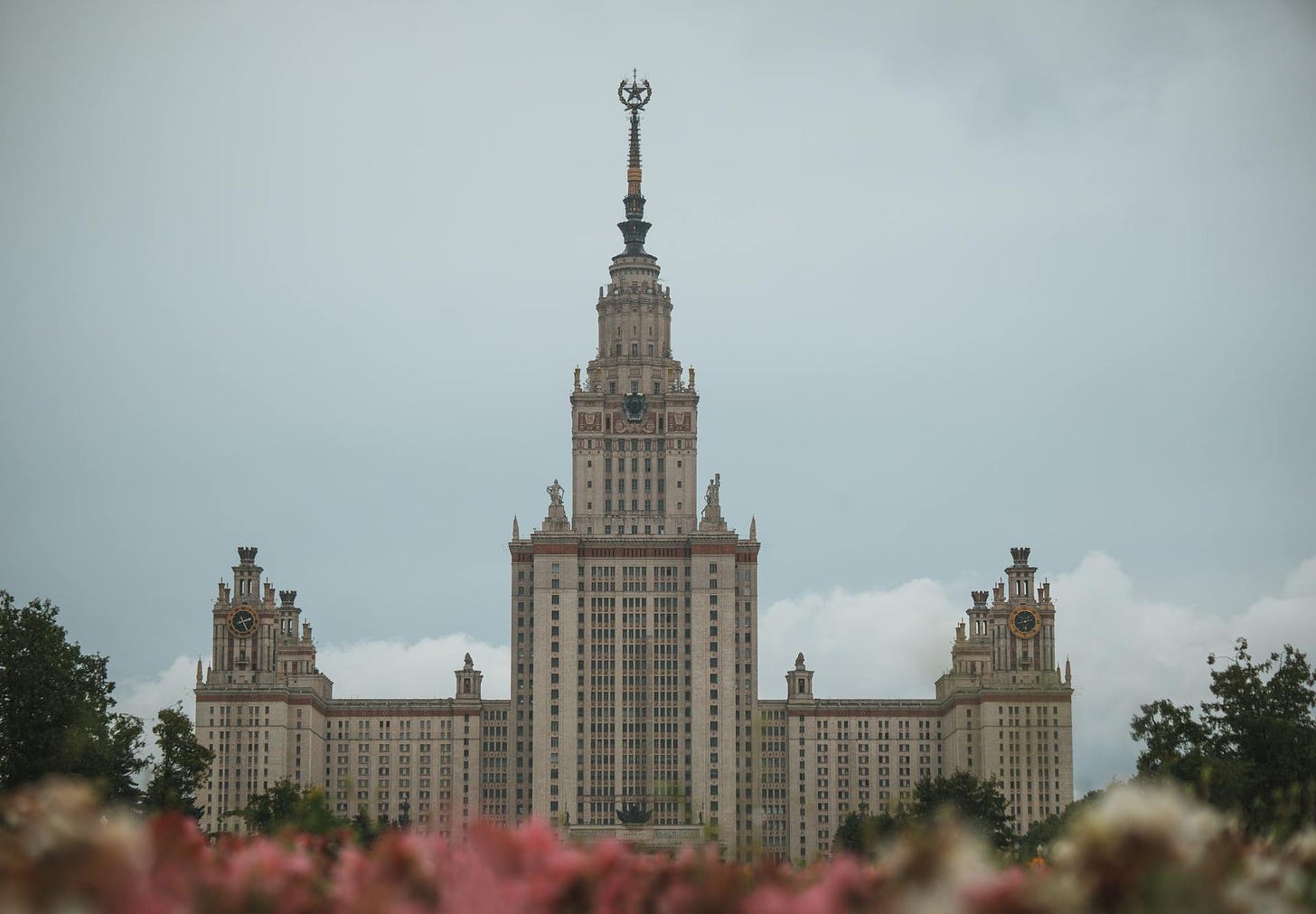
Moscow State University in Stalinist style.
Gallic Elegance
No one can accuse the Franks or the Belgae of not having a taste for luxury. One need only gaze at the hall of mirrors in the palace of the Sun King, Versailles, to see the opulence of the Bourbon monarchy. Louis XIV truly made France a great nation, an hegemon of arts and culture. Art Deco, one of my favourite of all design styles, has speed, energy and a flying into the future with style par excellence. Art Deco is a melange of Mesopotamian, Egyptian, African, pre-Colombian, and European styles mixed together into a unique style that was truly original in its configuration. Public buildings in the public square should be beautiful, elegant, uplifting, with a positive soul to make people smile and not ugly or cheap simplicity to save money purely for the profit margins of capitalist corporations and barons.
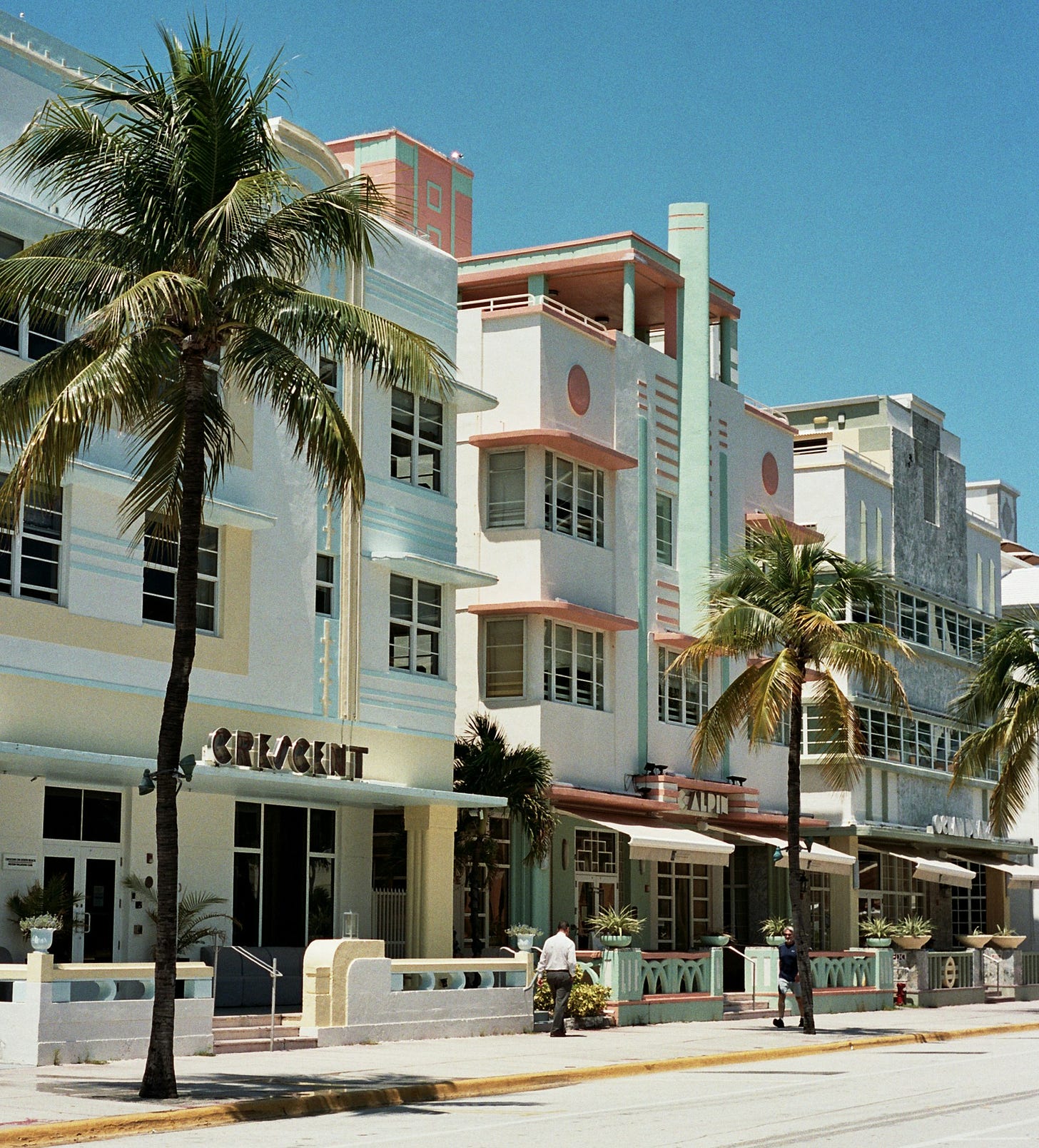
Art Deco in Miami.
The Shires
England, a land of cottages, thatched barns, longhouses, manors and other dwellings on the land since the misty days of the Britons before Caesar landed on the shores of Britannia. The Shire of Tolkien’s creation is every traditional little English village dotted around the landscape of Saxon lands. A public house selling home-brewed ales and stouts, a shop selling the staples of bread and milk and small houses of the rural peasantry — these require no architectural degrees to be built, nor do they require rational planning. All they need are a yeoman with tools and an idea. The most famous nature painter in England was John Constable and his paintings of rural England are as beautiful as they are famous and they perfectly encapsulate the rural English architectural style of the Englanders.
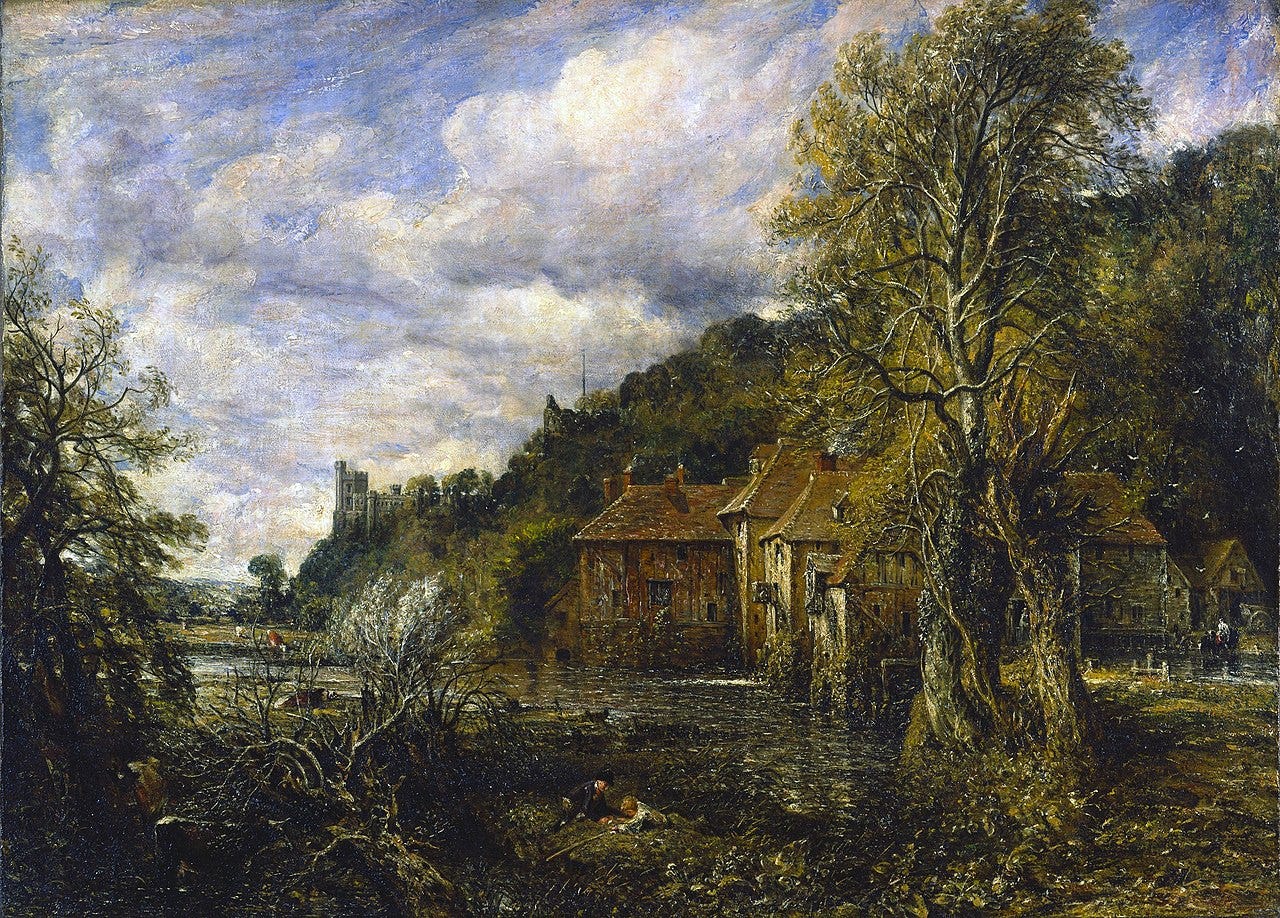
John Constable, ‘Arundel Mill and Castle’ (1837).
Modernity
What we moderns unfortunately have to live under is the hegemony of the polis, of the urban, of the cosmopolitan, of the concrete jungle and not the jungle of trees of Herne the Hunter. Minas Tirith is a shinning white stone city no doubt, but I wouldn’t give up the roaming hills and grasslands of Rohan for it. But not everyone enjoys the country, and if some persons prefer the hustle and bustle of the city, then I say let them be at liberty to live there, but do not try and urbanise the Shire with the ways of Gondor. What I noticed when I went to Vienna was the same phenomenon that is plaguing all the world: the Americanisation and the internationalisation of local and particular regions. Vienna looks identical to London in that the high-street is full of global businesses like KFC and North Face but the signs are in German and not in English. That appeared to be the only distinction between the two capitals, whereas Buda appeared to be far less internationalised and more Hungarian companies appeared to be in the nation, which gave it a more local and authentic feel. Why do people go to Florence on holiday and not to Minsk? Why do people flock in droves to gaze at the buildings, monuments and statues in Rome, Venice, Milan, Pisa and other cities and not to Magnitogorsk or Omsk? Beautiful buildings, that is why. I am not saying there are no beautiful architectural wonders in Russia for their certainly are. Moscow and Petrograd are full of them, and the medieval ones in Novgorod too, but the point is the Brutalist structures of Soviet Russia are not soul-uplifting like the Trevi Fountain or the Statue of David by Michelangelo. Ironically, I find some Brutalist structures quite pleasing. I find the imposing hardness, the solid reliability, the masculine firmness and eternal symbology of them to be good; they are futuristic in a way. But Brutalism should not be a mass plan for city building.
The false dichotomy of form over function or function over form is the problem with ideological tribalism. The true mantra to chant is that buildings should be functional but with a beautiful form to make life enjoyable. Thus ends my discourse.
FINIS.
